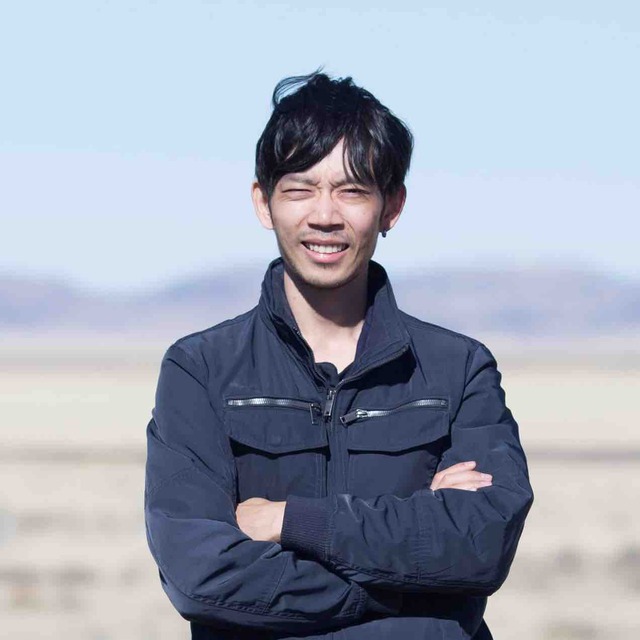April
2023
•
2023A&A...672A.155M
Authors
•
Mascia, S.
•
Pentericci, L.
•
Calabrò, A.
•
Treu, T.
•
Santini, P.
•
Yang, L.
•
Napolitano, L.
•
Roberts-Borsani, G.
•
Bergamini, P.
•
Grillo, C.
•
Rosati, P.
•
Vulcani, B.
•
Castellano, M.
•
Boyett, K.
•
Fontana, A.
•
Glazebrook, K.
•
Henry, A.
•
Mason, C.
•
Merlin, E.
•
Morishita, T.
•
Nanayakkara, T.
•
Paris, D.
•
Roy, N.
•
Williams, H.
•
Wang, X.
•
Brammer, G.
•
Bradač, M.
•
Chen, W.
•
Kelly, P. L.
•
Koekemoer, A. M.
•
Trenti, M.
•
Windhorst, R. A.
Abstract
•
The escape fraction of Lyman-continuum (LyC) photons (fesc) is a key parameter for determining the sources of cosmic reionization at z ≥ 6. At these redshifts, owing to the opacity of the intergalactic medium, the LyC emission cannot be measured directly. However, LyC leakers during the epoch of reionization could be identified using indirect indicators that have been extensively tested at low and intermediate redshifts. These include a high [O III]/[O II] flux ratio, high star-formation surface density, and compact sizes. In this work, we present observations of 29 4.5 ≤ z ≤ 8 gravitationally lensed galaxies in the Abell 2744 cluster field. From a combined analysis of JWST-NIRSpec and NIRCam data, we accurately derived their physical and spectroscopic properties: our galaxies have low masses (log(M⋆)∼8.5), blue UV spectral slopes (β ∼ −2.1), compact sizes (re ∼ 0.3 − 0.5 kpc), and high [O III]/[O II] flux ratios. We confirm that these properties are similar to those characterizing low-redshift LyC leakers. Indirectly inferring the fraction of escaping ionizing photons, we find that more than 80% of our galaxies have predicted fesc values larger than 0.05, indicating that they would be considered leakers. The average predicted fesc value of our sample is 0.12, suggesting that similar galaxies at z ≥ 6 have provided a substantial contribution to cosmic reionization.
Links




